Where are we with the San Diego Climate Action Plan? We’re working from an Adoption Draft 2015. The city’s Committee on the Environment will convene a special committee meeting on November 30th to take action on a report from the Planning Department requesting the City Council approve the plan.
Which means we’re getting there.
The San Diego Climate Action Plan is both general and specific – providing a roadmap to achieve greenhouse gas reductions through 2035. It sets forth common-sense strategies to mitigate potential environmental impacts and make us less vulnerable to climate change.
The plan is driven by these likely impacts:
- Increased temperatures
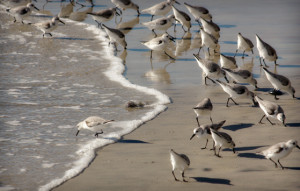
- Reduction in air quality
- New public health issues
- Reductions in fresh water
- Increased rate of wildfires
- Rising sea levels
- Negative impacts on wildlife
In implementing strategies, the plan seeks to balance environment and growth. It responds to state targets, laws, and regulations regarding reducing greenhouse gas emissions. It advances San Diego’s City of Villages concept, featuring walkable centers linked by active transportation.
The plan identifies these basic goals: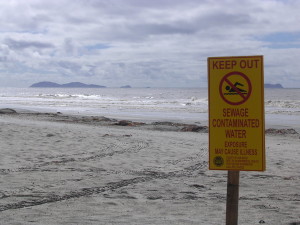
- Create green jobs
- Improve public health – air and water
- Reduce dependence on imported water and energy
- Help homebuyers educate themselves on the energy and water usage of a building before purchasing, without adding significant delay or cost to the home-buying process
- Enhance quality of life – active transportation, trees, parks
- Save taxpayers money by reducing waste at municipal facilities
The San Diego Climate Action Plan puts forth what it calls Five Bold Strategies. It sets out measurements and standards around each elements, and identifies and provides resources to do the tracking and reporting
Here’s a quick rundown on each:
- Energy- and water-efficient buildings
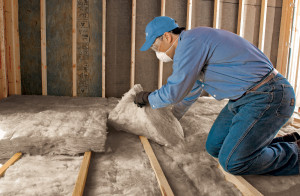
- Residential and non-residential
- Mixture of mandates and incentives
- Residential Energy Conservation and Disclosure Ordinance
- Support water rate structures that encourage water conservation and reuse, including greywater
- Implement an Outdoor Landscaping Ordinance that requires use of weather-based controllers.
- Expand PACE financing programs
- Expand incentive programs to promote energy and water efficiency
- Clean and renewable energy
- Goal of 100% renewable energy on the city-wide grid by 2035
- Bicycling, walking, transit, land-use
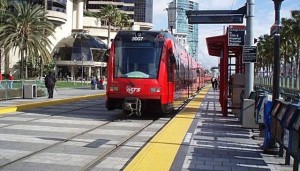
- Increase use of each through improving bike lanes, crosswalks, sidewalks, parking, developing areas around transit stops.
- Zero waste
- Improving landfill operation and waste water treatment to capture methane gas
- Climate resiliency
- Urban tree planting program and parks development
The San Diego Climate Action Plan is the result of much local effort with tons of ongoing citizen participation. It will certainly change and shape our future. It’s nicely done and very readable.




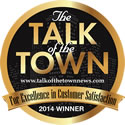




Recent Comments